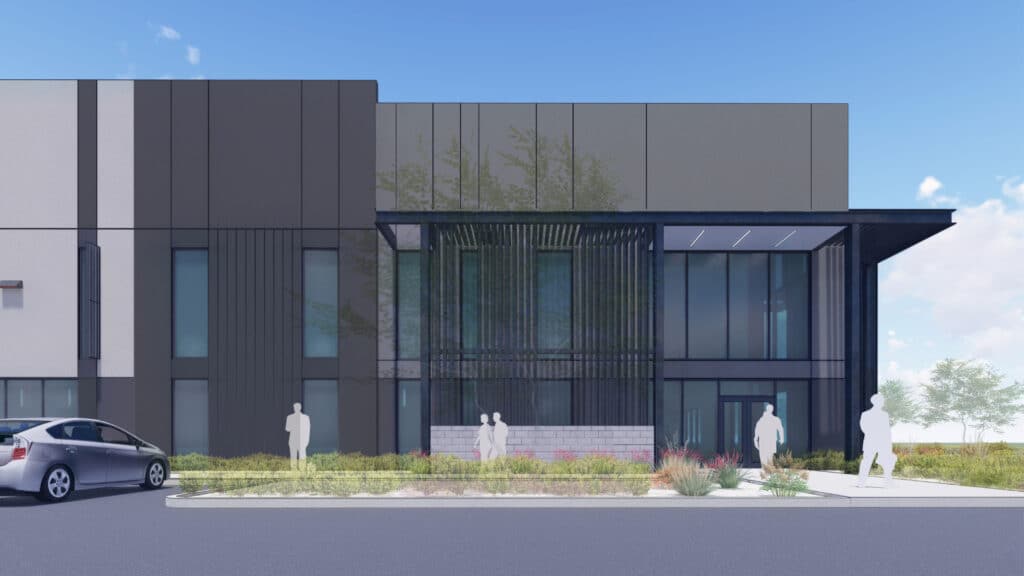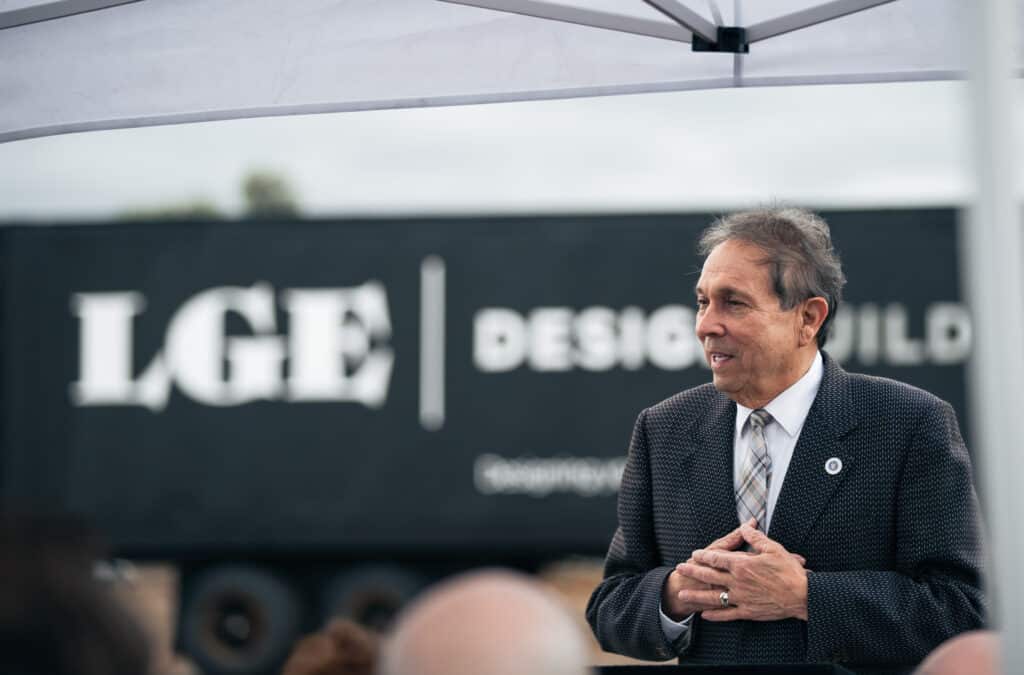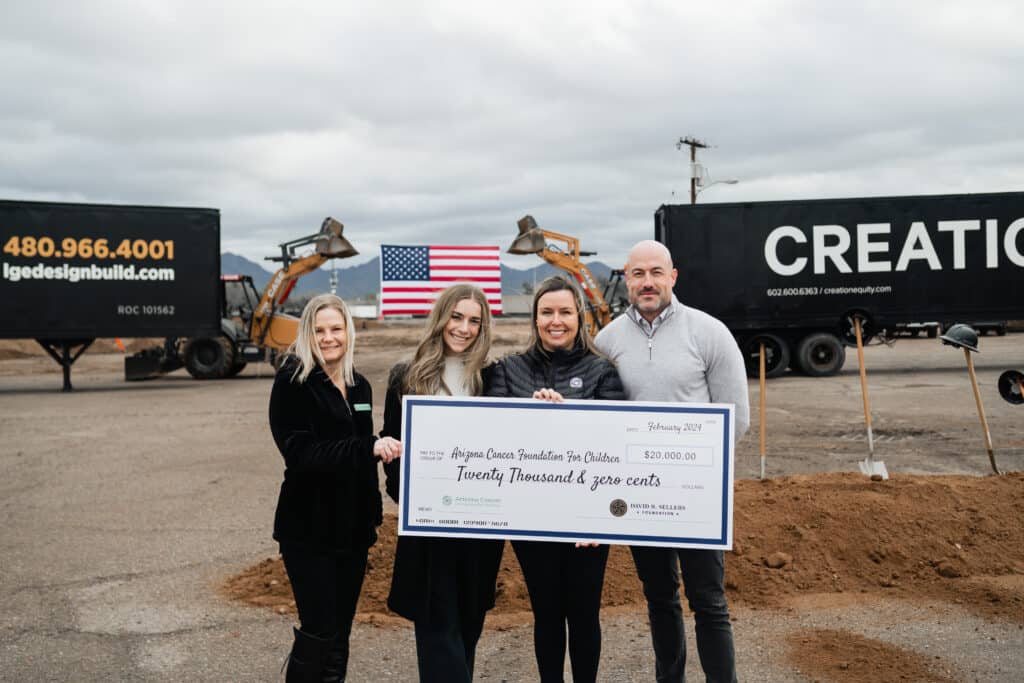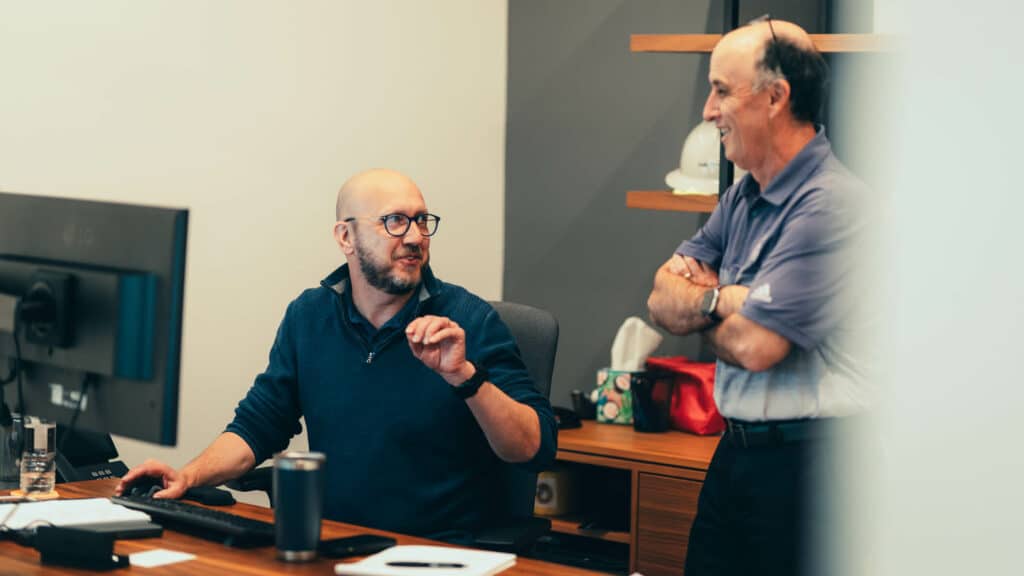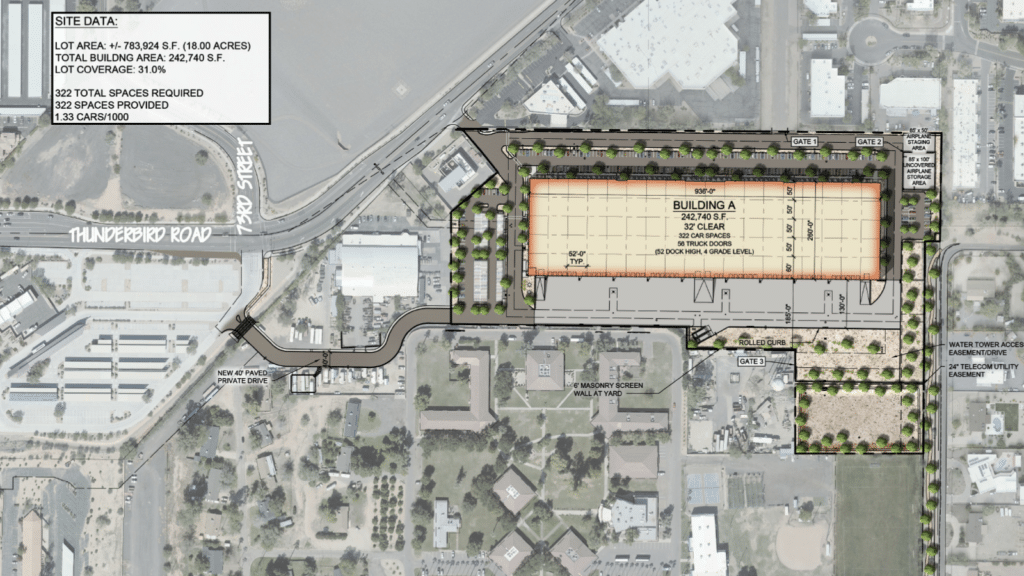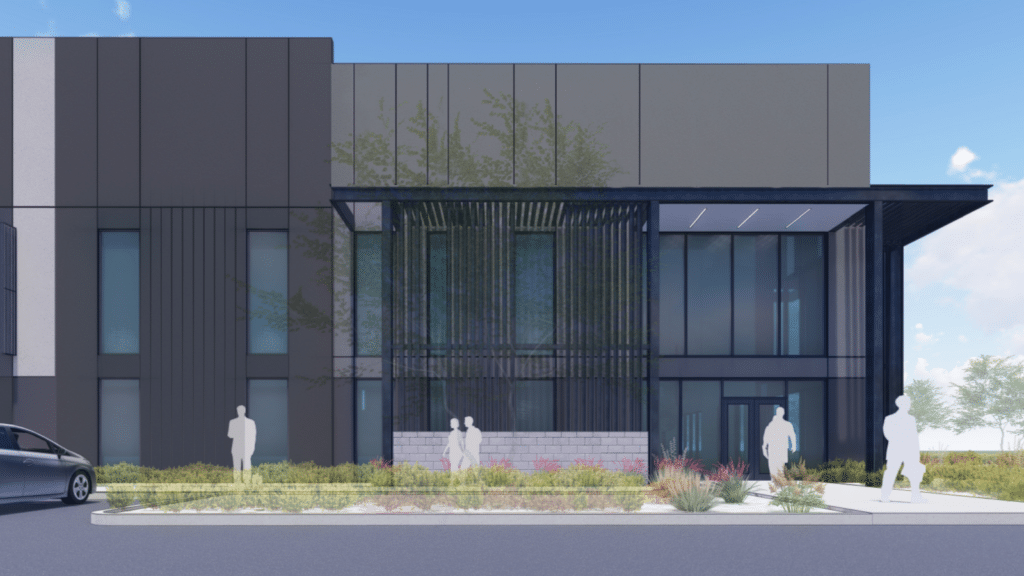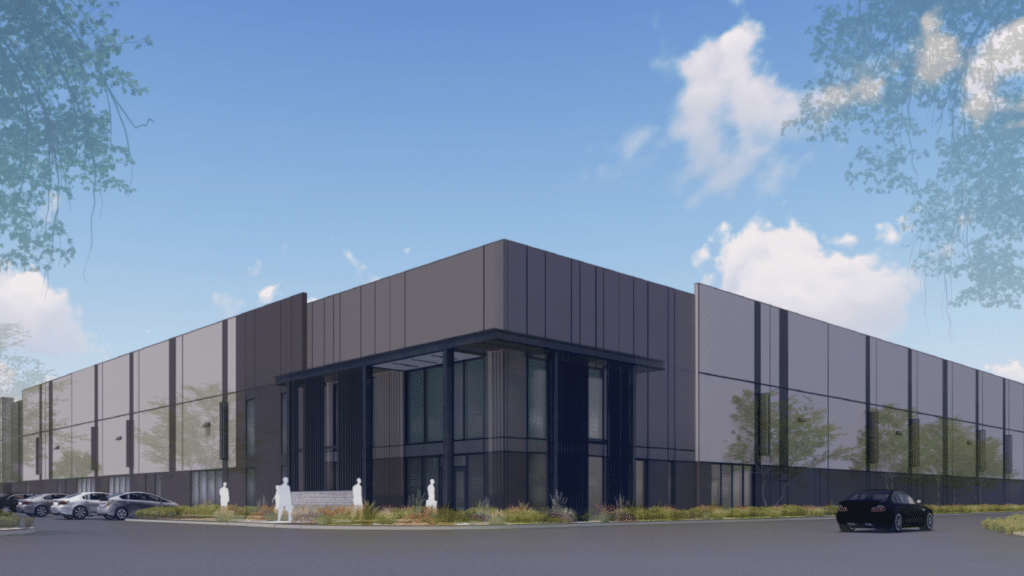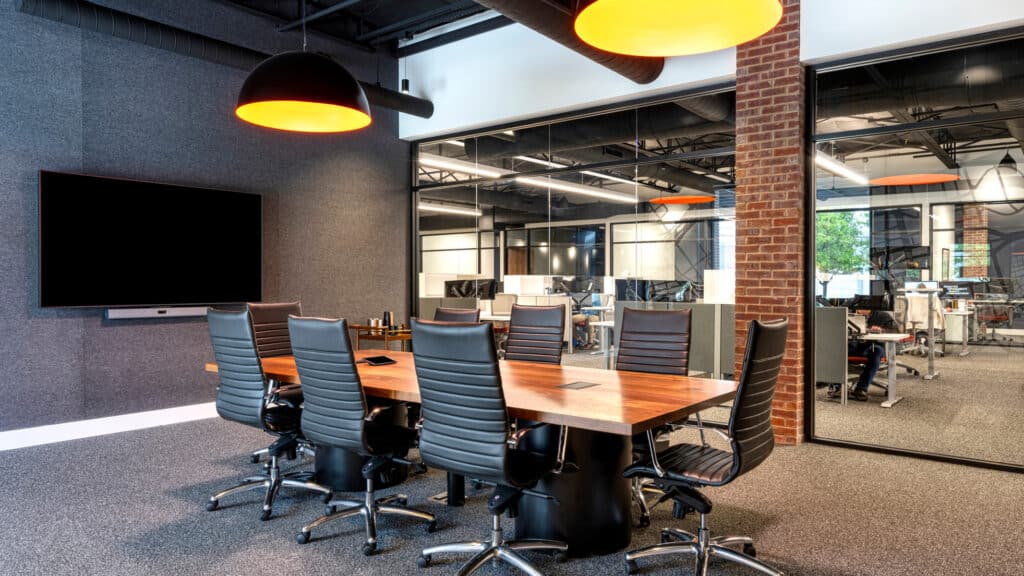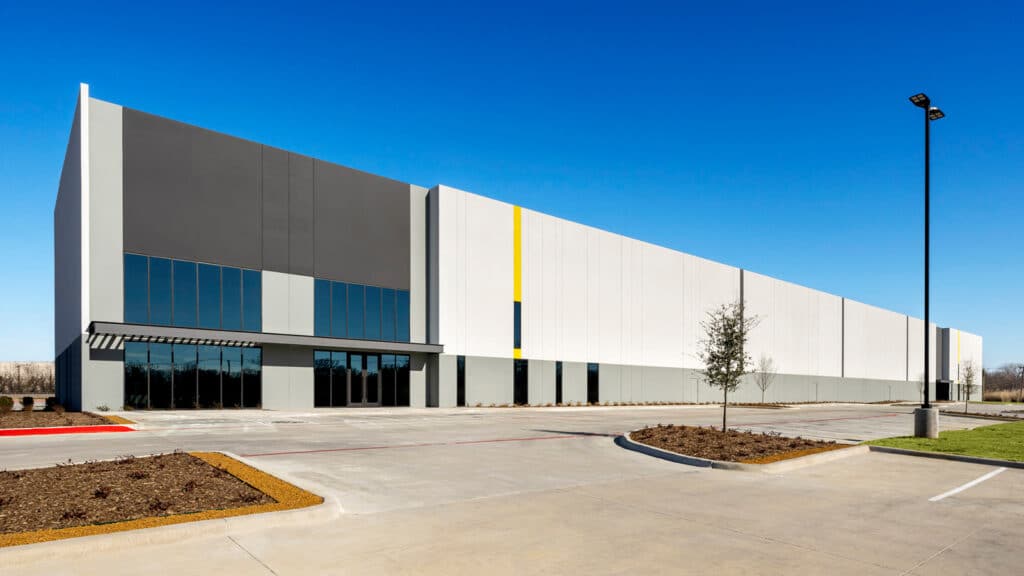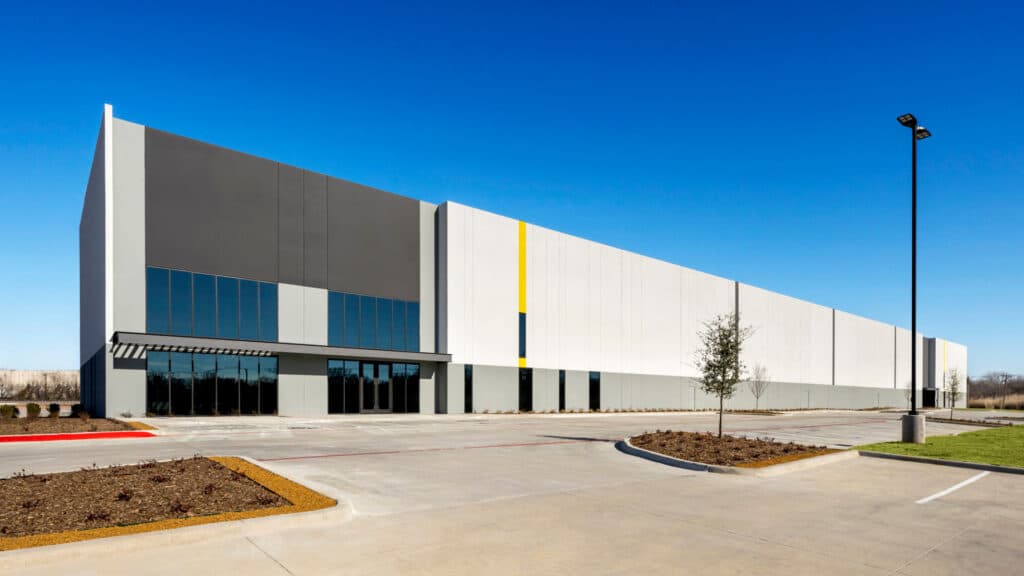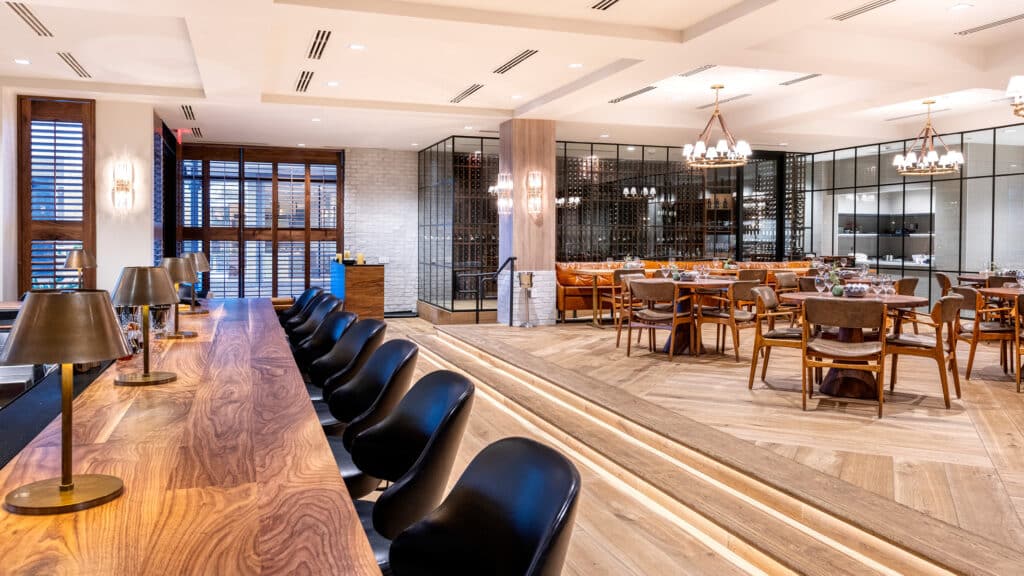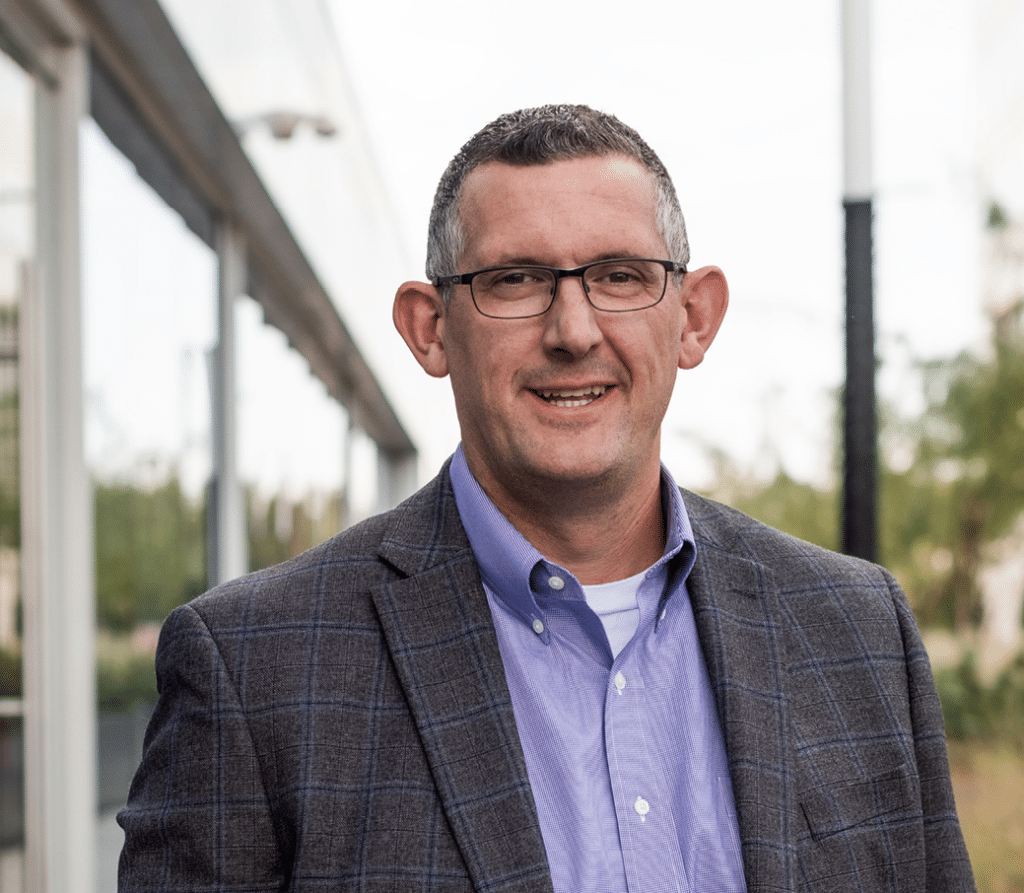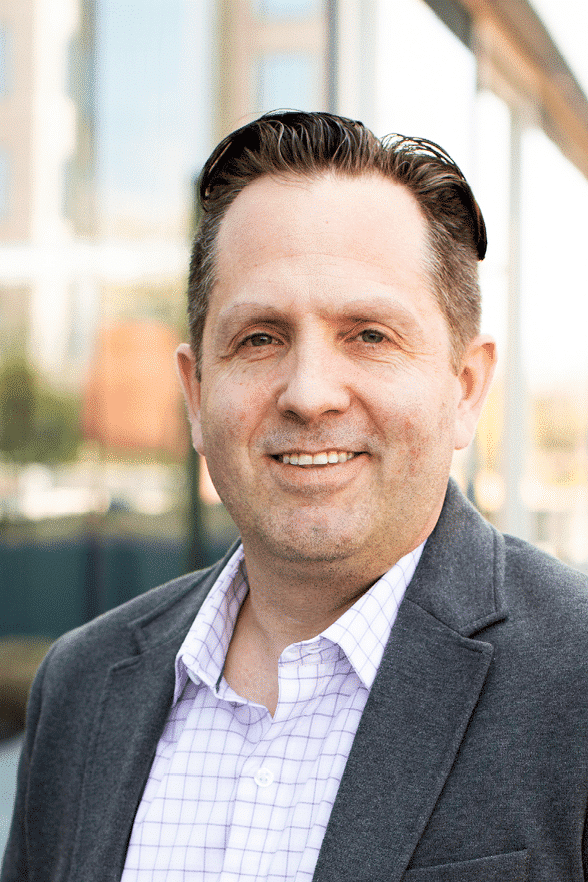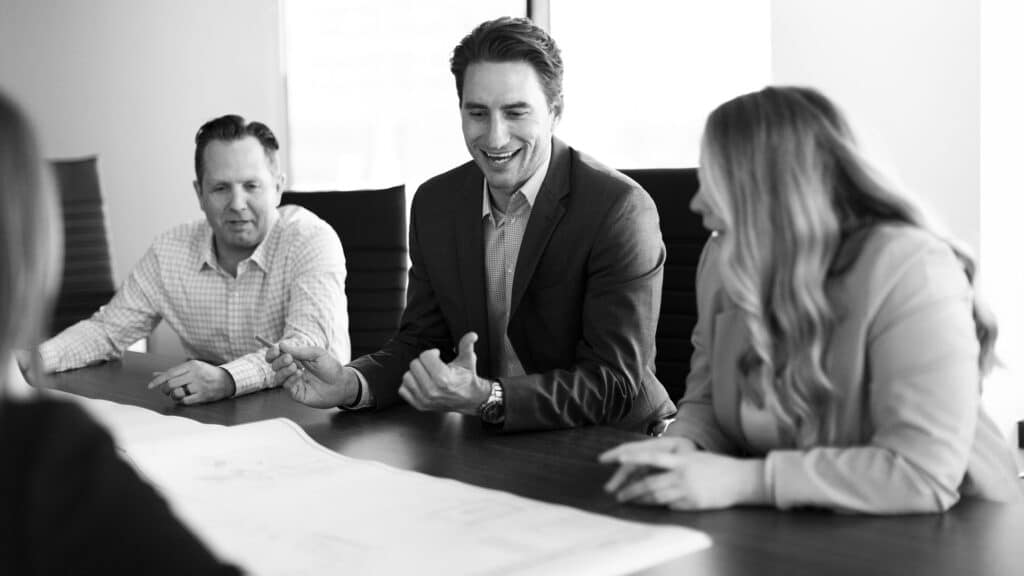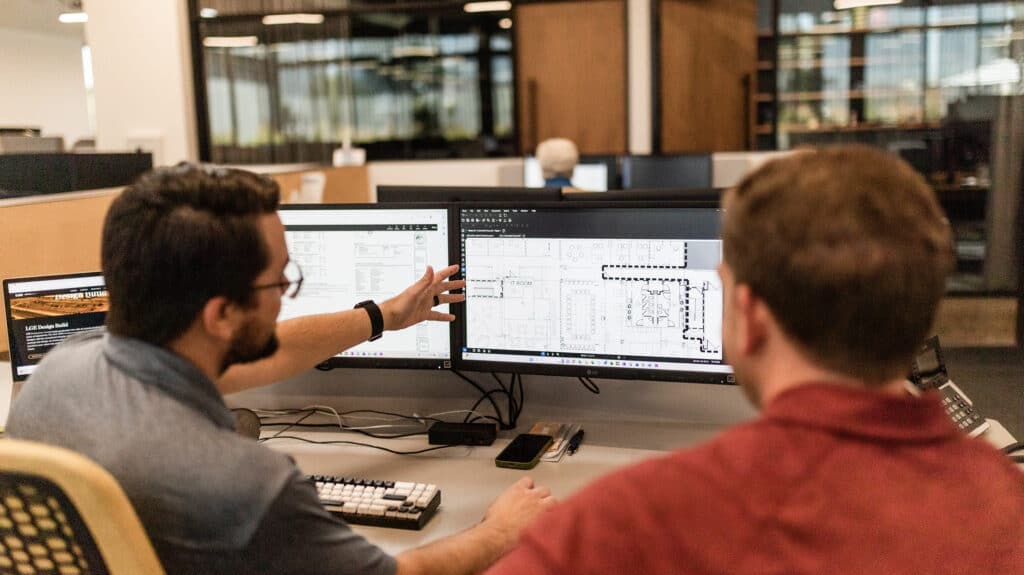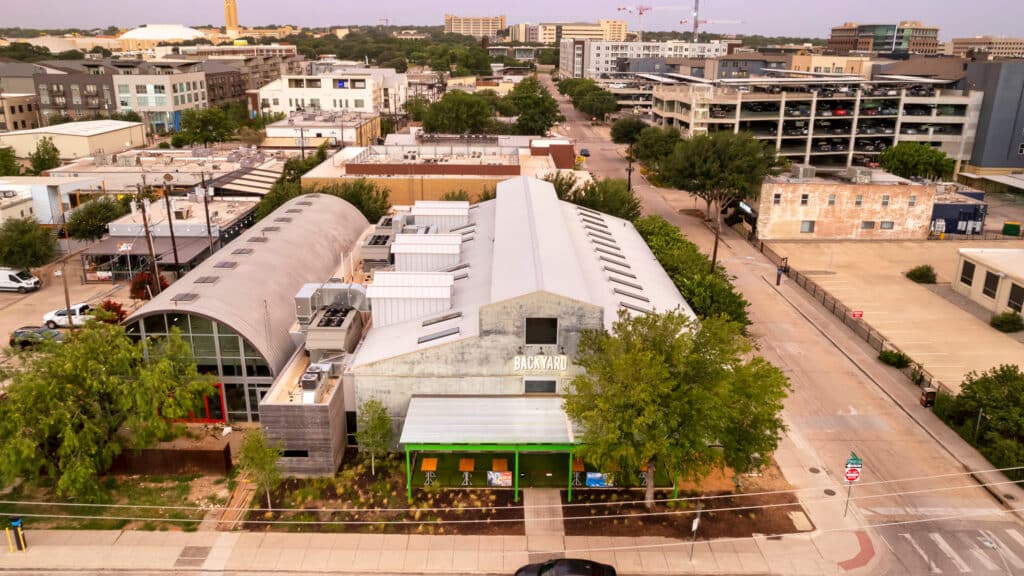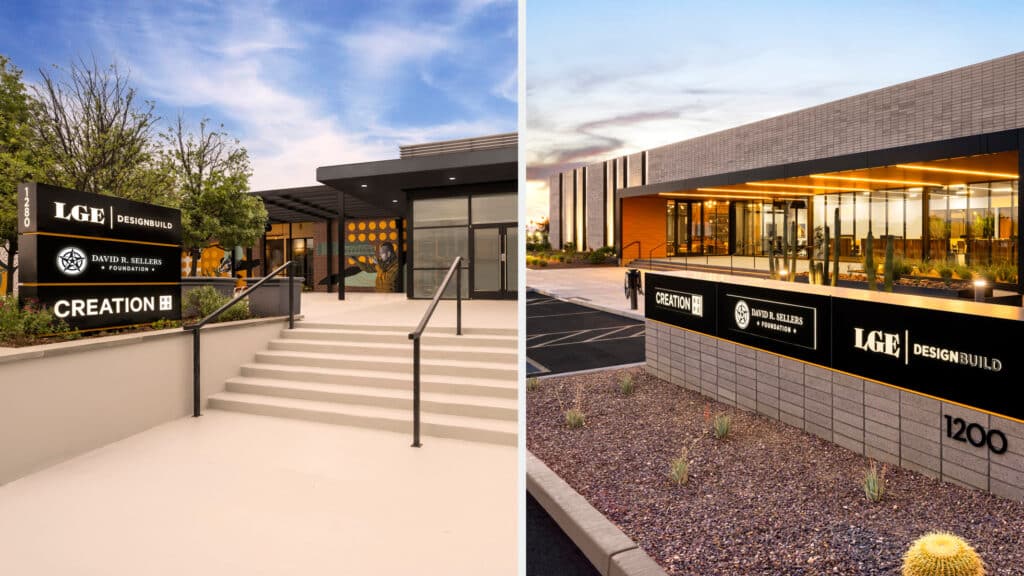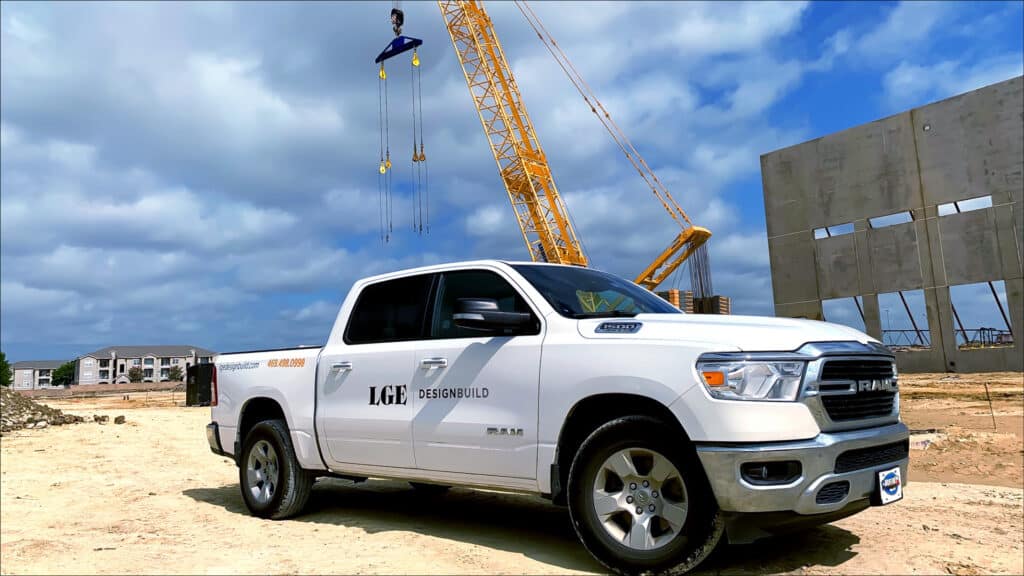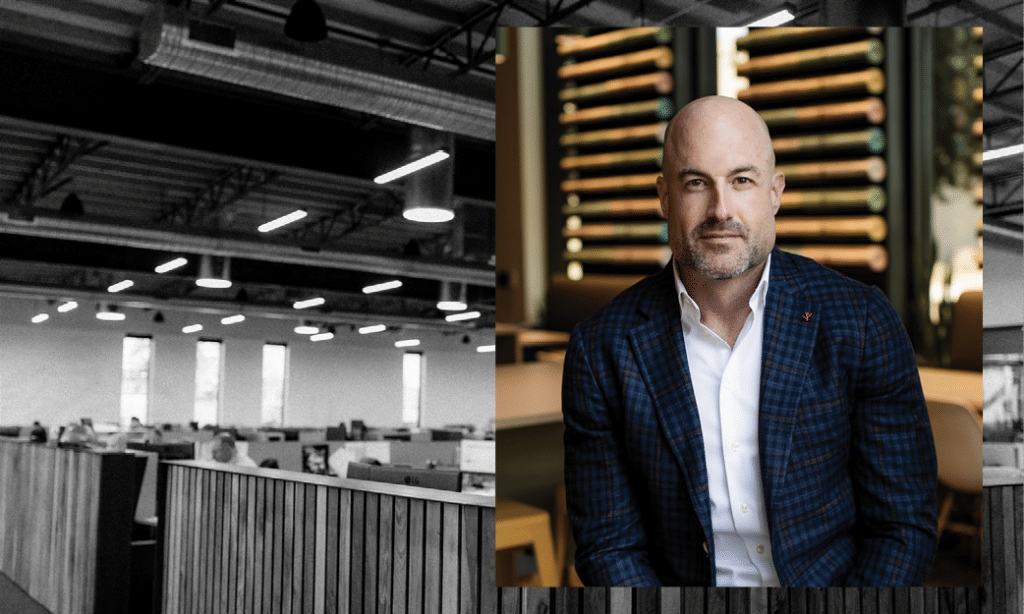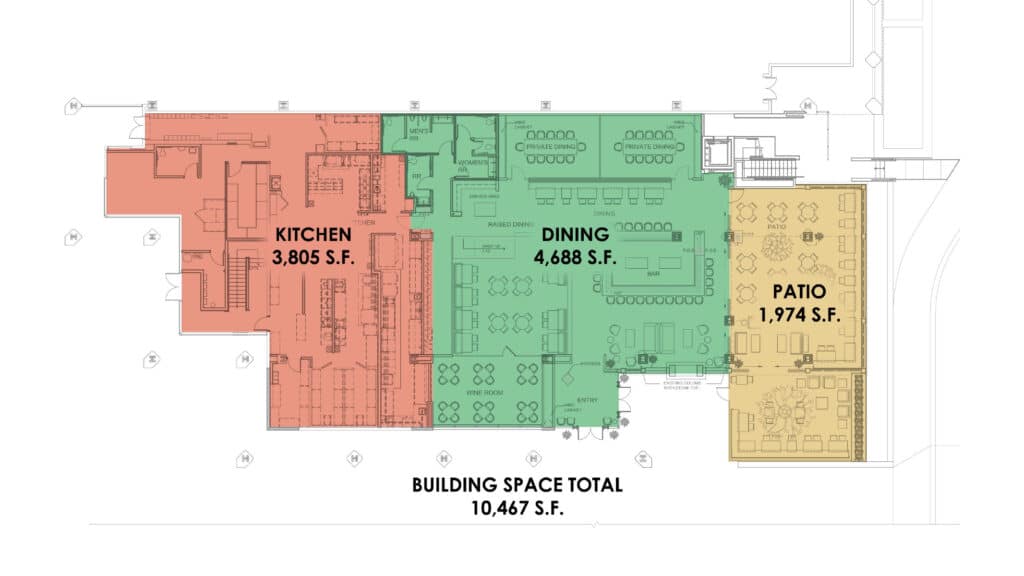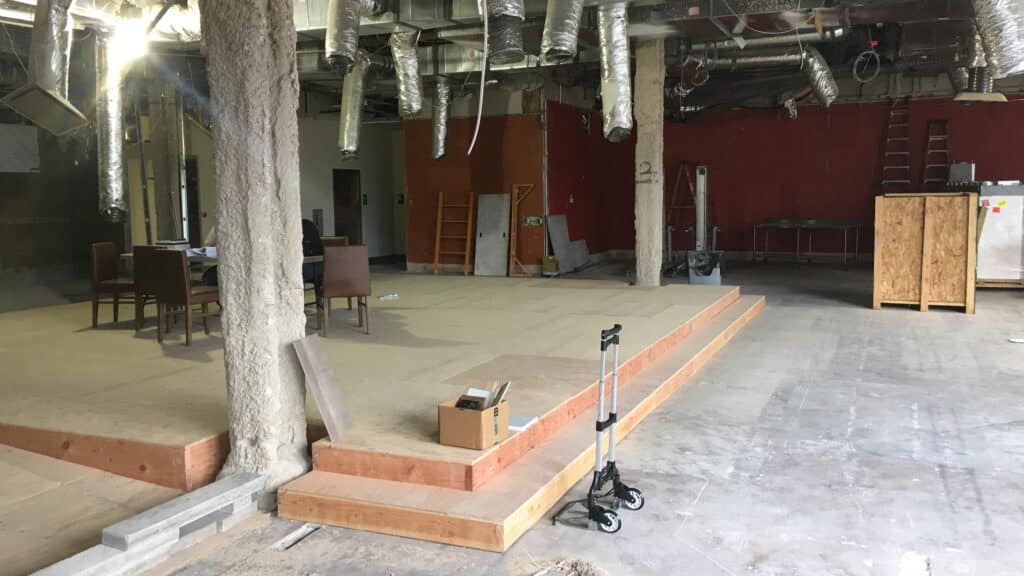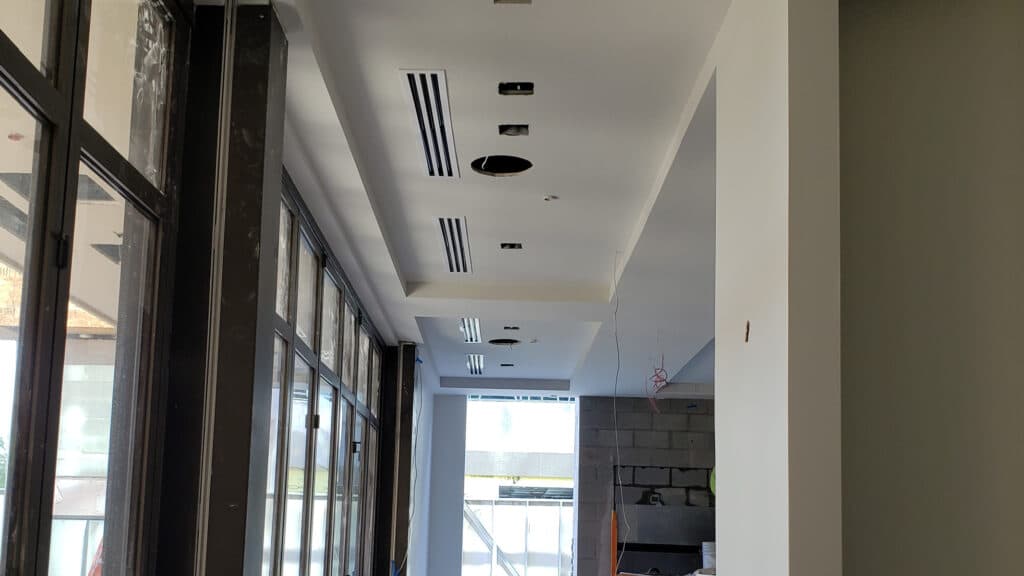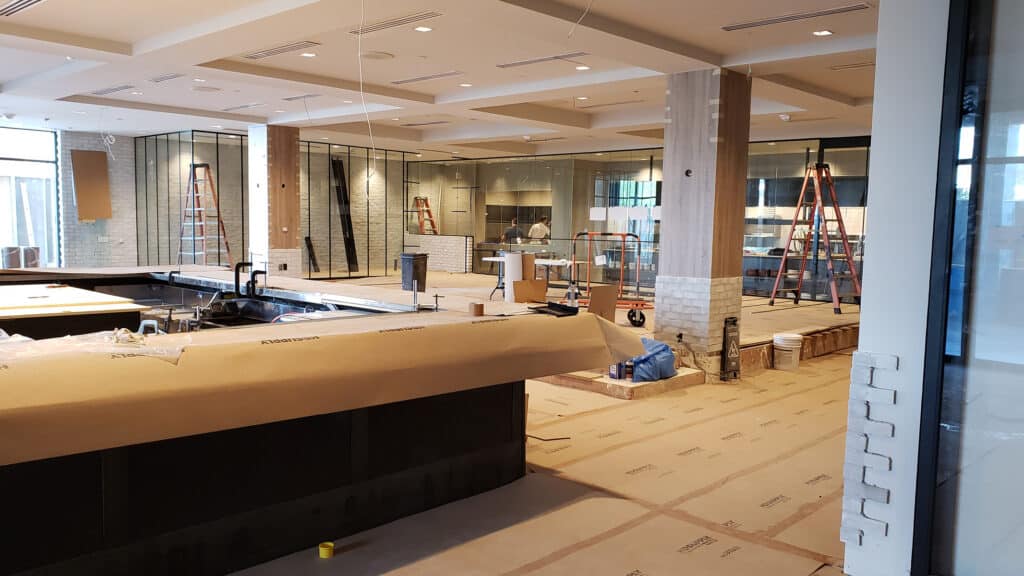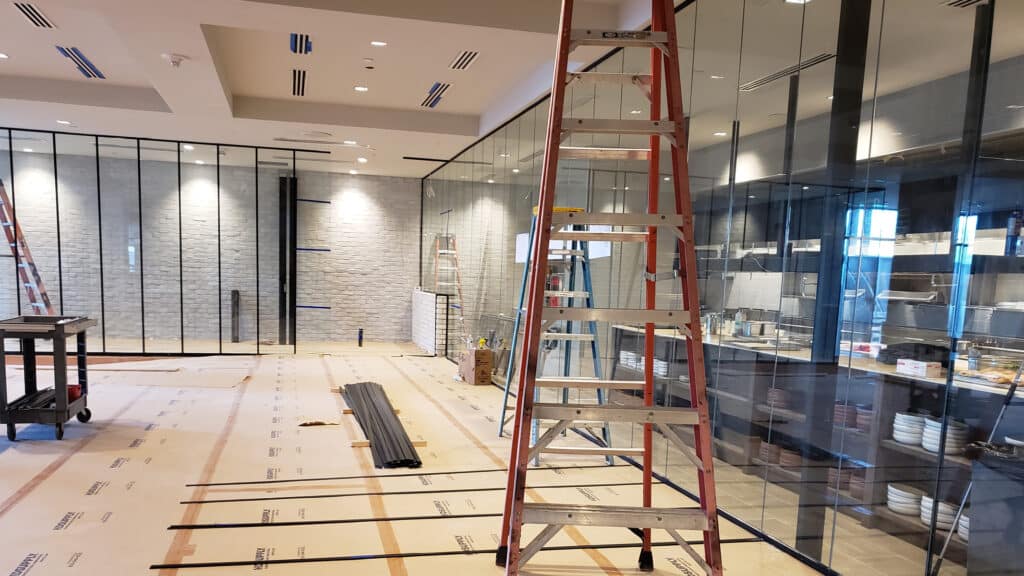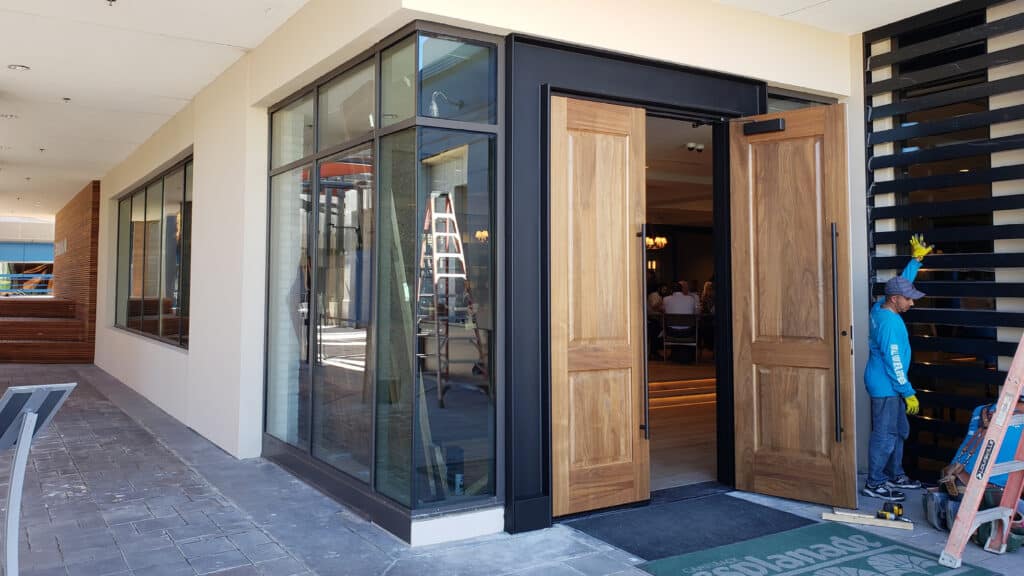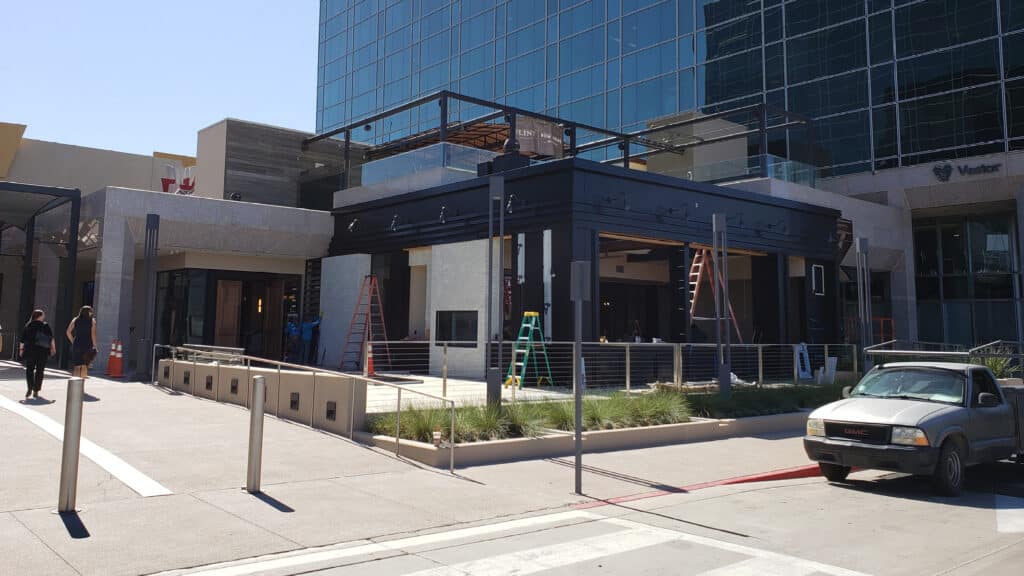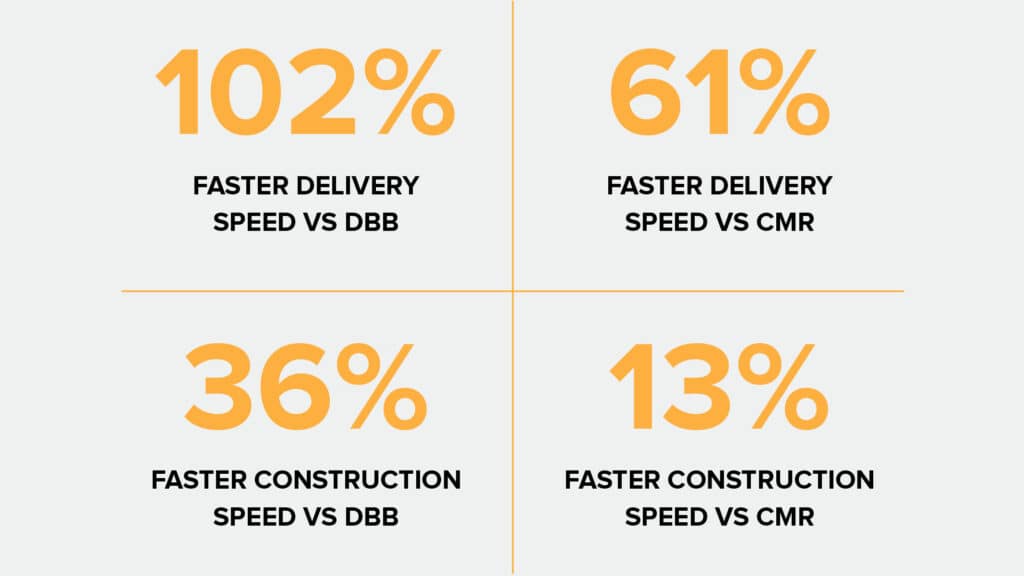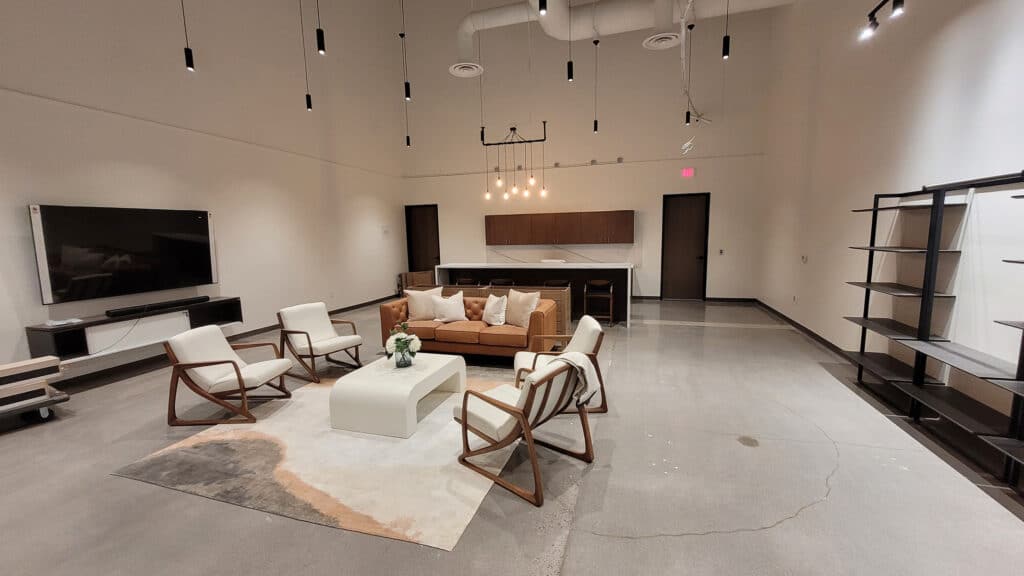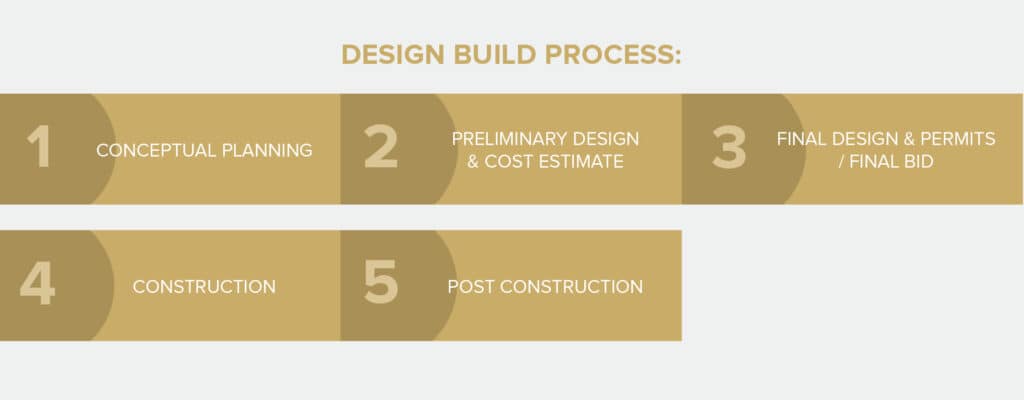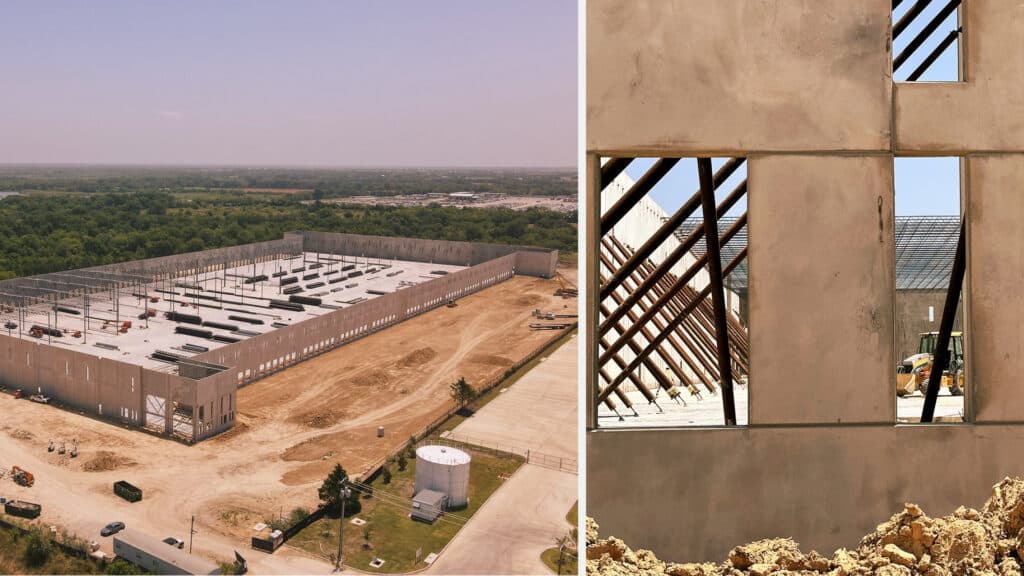In the heart of Wilmer, Texas, amidst the bustling industrial corridors of North Texas, stands a distinguished addition to the landscape: Sunridge Industrial Park. Developed by Stonemont Financial and brought to life by LGE Design Build, this project represents a harmonious blend of modern design, environmental consciousness, and strategic functionality. As the dust settles and the project shines in its completion, the Sunridge Industrial Park stands as a testament to collaboration, innovation, and unwavering commitment to excellence.
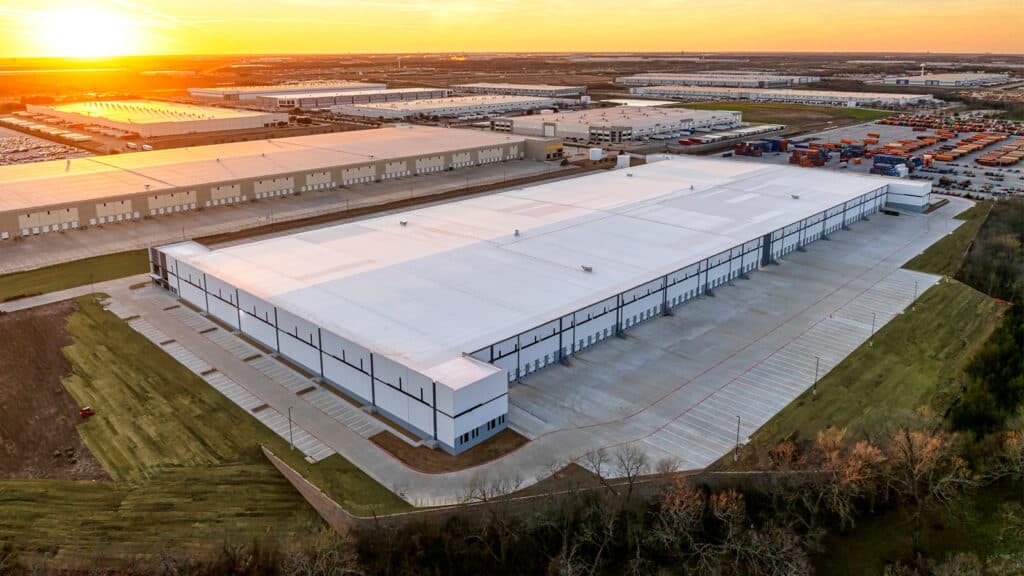
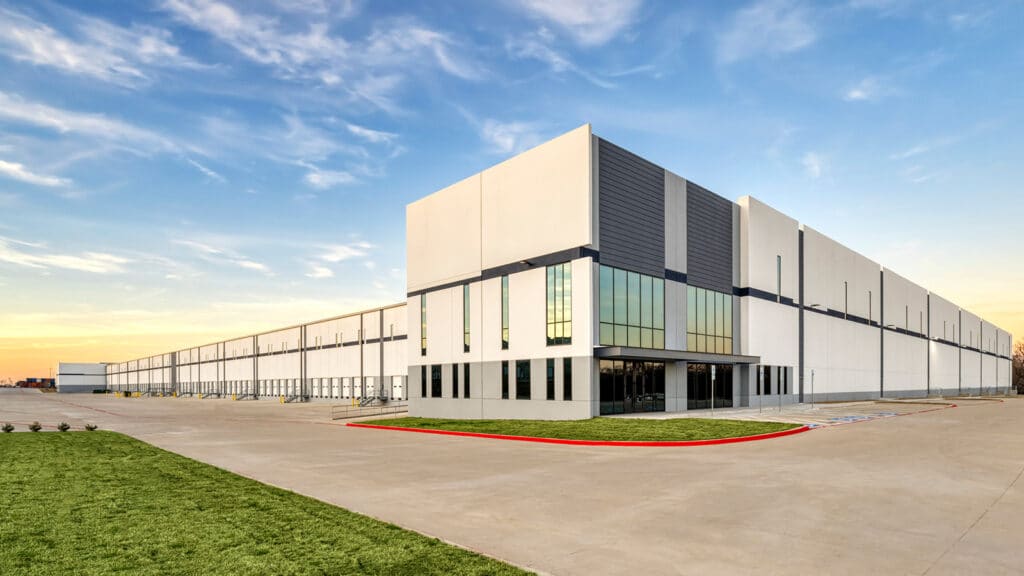
What are the key factors contributing to industrial park development success?
The success of the Sunridge Industrial Park project can be attributed to several key factors, according to the project team at LGE Design Build. Clear client understanding of project objectives set the stage for success, with quick decision-making and a reasonable schedule timeline ensuring smooth progress. The synergy between the project team, both in the field and office, played a pivotal role in managing challenges and maximizing efficiency throughout the process.
Collaboration and communication were at the forefront of the project’s success. Weekly client and consultant meetings kept all stakeholders aligned, while proactive strategies, such as architecture taking the lead on civil coordination, ensured timely resolution of obstacles. This integrated approach, inherent in LGE’s design-build process, facilitated seamless collaboration from the industrial park development’s inception to its completion.
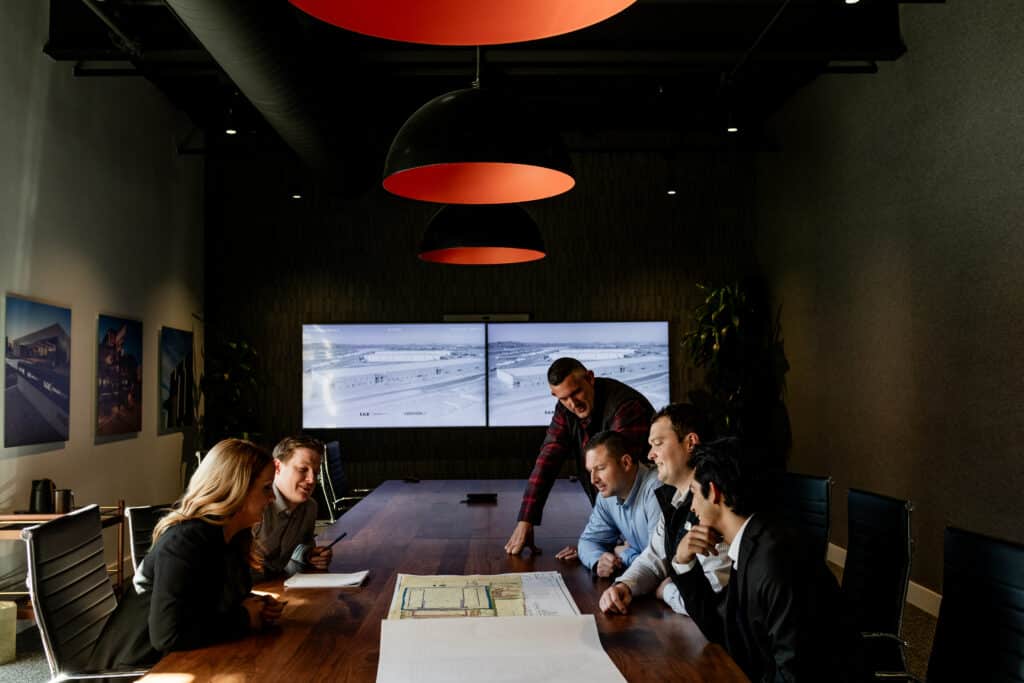
How does a design build team overcome any unexpected challenges?
Challenges arose during the design and construction phases, but the team’s resilience and proactive management proved instrumental in overcoming them. Civil engineering issues, including delays, were managed with meticulous attention, highlighting the team’s commitment to delivering results despite unforeseen obstacles.

“As capital became hard to acquire, we engaged with our team at LGE, our client, Stonemont and our trusted trade partners, and were able to identify a large enough savings to keep this project alive and ultimately completed within the contractual schedule. Texas is a relationship-based market and without our trade partners, this project would’ve been shelved.”
– Brandon Camp, Director of Business Development
Innovation and cutting-edge technologies further enhanced the design build project’s success, with BIM modeling facilitating coordination and streamlining construction processes. The integrated approach of handling both architecture and construction under one roof optimized efficiency and minimized potential pitfalls, ensuring a smooth transition from design to construction.
Stakeholder engagement and client collaboration were paramount throughout the project’s lifecycle. The client’s clear understanding of goals and objectives, coupled with active involvement, fostered a collaborative environment that propelled the project forward. Lessons learned from Sunridge Industrial Park will inform future projects, ensuring continued efficiency and excellence in execution.
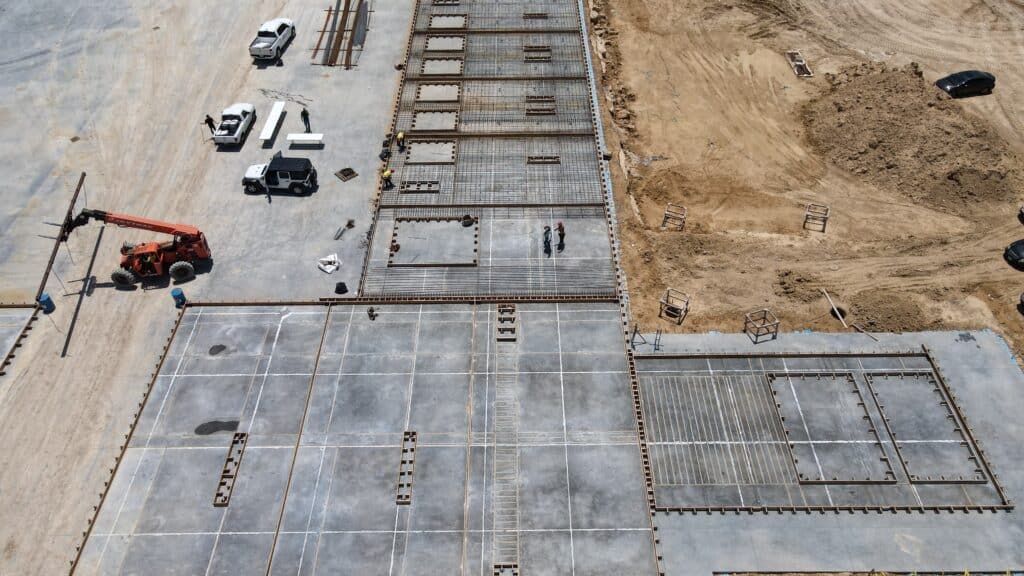
The prioritization of safety on construction sites was a cornerstone of the project, with stringent measures in place to ensure a safe working environment for all involved. From project timeline management to budget oversight, strategic strategies were employed to deliver the project on time and within budget, meeting and exceeding client expectations.
In terms of material selection and construction methods, a careful balance between aesthetics and functionality was achieved. Tilt concrete, glazing, and steel canopies were utilized to create a modern yet understated design, reflecting the client’s vision while prioritizing functionality and efficiency.
As Sunridge Industrial Park stands as a beacon of success in Wilmer, Texas, it is not only a testament to exemplary design and construction but also to the power of collaboration, innovation, and unwavering commitment to excellence. With each lesson learned and experience gained, the team at LGE Design Build looks forward to continuing their legacy of delivering exceptional projects that redefine industry standards and exceed client expectations.
